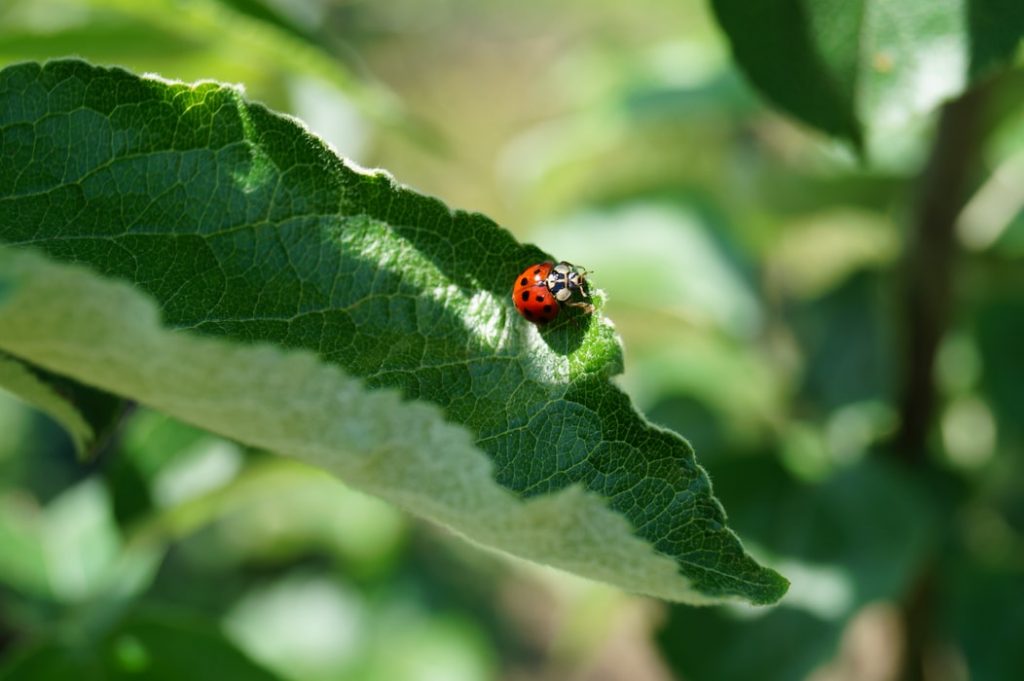
Did you know that some ladybugs are good and some are bad? We’re not just talking about their behavioral patterns or a collection of ladybugs who like to hit the bar a little too often. These are ladybugs that are bad for the environment.
What‘s The Difference?
The good ladybug is a native of the US and is adept at eating other insects. It is particularly good at consuming insects that damage your plants. That’s why the ladybug has earned a reputation as the gardener’s friend and a helpful ladybug, controlling unwanted insects that do damage to everything.
The bad ladybug falls into the second category. It originates from Asia and will eat its way through aphids and scale insects, that’s not so bad. Unfortunately, the Asian ladybug also likes to winter in your home. They will get through tiny spaces and find a place to stay for the winter. They will crawl around your home, usually leaving yellow stains behind and a noxious odor. Although they don’t usually injure humans or reproduce inside, they can affect life quality through the constant cleaning up and the irritation caused by an allergic reaction to their presence.
If you think you have an infestation of Asian ladybugs then you need a pest control expert. You can find out more info here.
Identifying The Ladybugs
So, how do you tell the difference between these two species and decide if they need elimination or you’re happy for them to stay as unpaid assistant gardeners?
The classic ladybug has a hard red shell with black dots on it. The number of black dots is not significant, although you can count them if you wish! The classic ladybug has a black head and small white patches on the side of its face, that look like cheeks.
If you place it next to an Asian ladybug you’ll note that the classic ladybug is a little smaller and rounder in appearance.
Unfortunately, the Asian ladybug is also red with black spots. The good news is that they have a small white spot just where the wings met the head. This spot identifies them as an Asian ladybug, you may also notice they have larger white cheeks than the classic ladybug.
You’re going to need to study them closely in order to identify which one is at your house and whether you’re likely to have an issue or not.
Dog Attack
Although ladybugs don’t attack humans it is worth noting that in rare cases the Asian lady bug will attach itself to the roof of a dog‘s mouth. This won’t be comfortable for the dog and is likely to give them a bad taste into her mouth as the ladybug emits its noxious odor.
Fortunately, it doesn’t always involve a trip to the vet as the ladybug is likely to leave by itself. The dog can also swallow it although this may give it an upset stomach.
